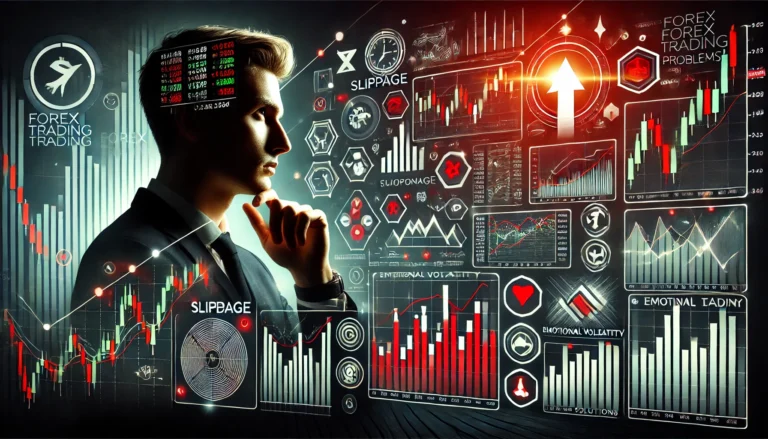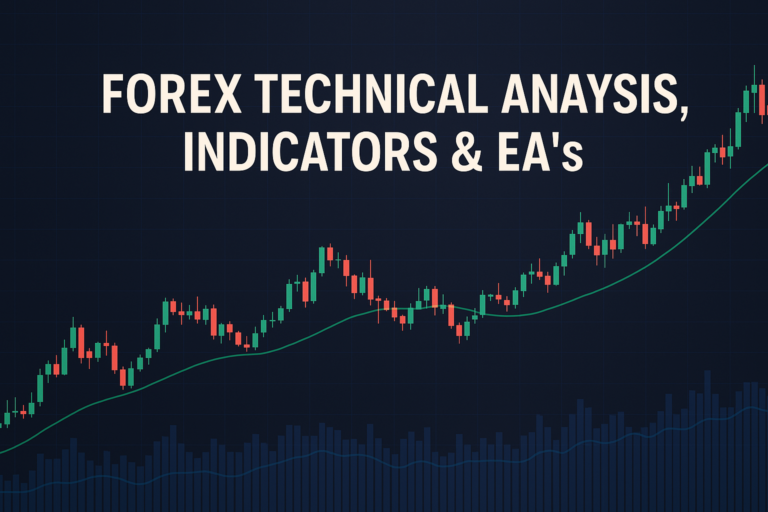
Slippage is the difference between expected and actual trade prices, often occurring in fast markets, affecting Forex traders’ profits.
Slippage is a sneaky enemy in the world of Forex trading. It happens when a trader tries to buy or sell a currency pair but ends up getting a different price than expected. This can occur during fast-moving markets or when there aren’t enough buyers or sellers at the desired price. For traders, both beginners and professionals, slippage can be frustrating. It may lead to unexpected losses or reduced profits, making it a significant concern in trading.
Understanding slippage is crucial for every trader. When you know what causes it and how to deal with it, you can protect your investments. This knowledge helps you make smarter trading decisions. If you want to enhance your trading skills, understanding slippage is a vital step.
For those interested in market movements, the GBPUSD Forecast Analysis provides insights into currency trends and potential slippage risks.
Understanding the Problem
Slippage occurs when a trader places an order at one price but receives a different one. Imagine you want to buy GBP/USD at 1.3000, but by the time your order executes, the price jumps to 1.3010. This difference is slippage. It can happen for various reasons, including rapid market movements, low liquidity, or high volatility.
Real-life examples show how slippage can affect trading. For instance, if a trader sets a stop-loss order during a news release, the price might move quickly past the stop price. Instead of selling at the planned price, the trader might sell much lower, suffering a bigger loss than anticipated. Understanding how slippage works can help traders avoid such situations.
Solutions for Slippage
To tackle slippage effectively, follow these steps:
Step 1: Choose the Right Broker
Not all brokers handle slippage the same way. Look for brokers with low slippage records. Check reviews and performance during high volatility times.
Step 2: Use Limit Orders
Instead of market orders, use limit orders. This ensures you buy or sell at a specific price. Even if the market moves, your order won’t execute until your price is met.
Step 3: Trade During Liquidity Hours
Trade during peak hours when market activity is high. This reduces the chance of slippage as there are more buyers and sellers.
Step 4: Avoid News Events
Major news announcements can lead to high volatility. Avoid trading during these times to minimize slippage risk.
Step 5: Use Slippage Tolerance Settings
Some platforms allow you to set slippage tolerance. This means you can decide how much slippage you are willing to accept during a trade.
Pro Tips & Warnings
- Stay Informed: Keep an eye on market news and events that can cause volatility.
- Practice on Demo Accounts: Test your strategies without risking real money.
- Monitor Spreads: Wider spreads can indicate higher slippage risk. Choose pairs with tighter spreads.
For traders looking to refine their strategies, the parabolic sar buy and sell approach can be beneficial.
Frequently Asked Questions
How do I detect slippage in real-time?
To detect slippage, monitor the price at which your order was placed versus the price at which it executed. Trading platforms often show this information. If you see a difference, that’s slippage. Using a trading journal to track your trades can help you identify patterns and frequency of slippage incidents.
Can brokers legally cause slippage?
Yes, brokers can experience slippage in fast markets. However, unethical brokers might manipulate it. Always choose reputable brokers. Research and reviews can guide you in selecting trustworthy platforms.
What tools can I use to prevent slippage?
Many trading platforms provide tools to minimize slippage, such as advanced order types, stop-loss orders, and slippage tolerance settings. Familiarize yourself with these tools to enhance your trading experience.
Is slippage more common in specific market conditions?
Yes, slippage is more common during high volatility periods, such as economic news releases or unexpected events. During these times, prices can change rapidly, making it harder to execute trades at the desired price.
How can I reduce slippage in my trading strategy?
Reduce slippage by trading during liquid hours, using limit orders, and avoiding major news releases. Additionally, keeping your trading strategy flexible can help you adapt to market changes.
Conclusion
Slippage is a common challenge in Forex trading but understanding it can lead to better trading results. By implementing the solutions discussed, traders can manage or even avoid slippage. Stay informed, adapt your strategies, and improve your trading skills.
Remember, every trader faces challenges. Embrace learning, and don’t let slippage hold you back. Keep practicing and improving your skills!
Recommended Next Steps
To further enhance your understanding of slippage and Forex trading, consider the following:
- Research different brokers and their slippage policies.
- Practice trading on a demo account to experience slippage without risking real money.
- Join trading communities to share experiences and learn from others.
- Stay updated with market news and events that could affect slippage.
If you’re just getting started, this guide can help you grasp the essentials Action Forex, IG Group
Expand Your Knowledge
- 📌 Forex Trading Learning Road Map
- 📌 Forex Trading Course with no Fees
- 📌 Forex Trading Issues, Problems, and Solutions
- 📌 Forex Daily Forecast & Live Updates
- 📌 Forex Fundamental & News Analysis: Tomorrow’s Market Movers & Trade Opportunities
- 📌 Forex Education Hub: Learn & Profit
- 📌 Forex Technical Analysis, Indicators & EA’s
Start Trading Today
Ready to take your forex trading to the next level? Open an account with Exness, one of the most trusted platforms in the industry. 👉 Sign Up Now and trade with confidence!
My recommended broker stands out with ultra-low spreads for beginners, instant withdrawals, and zero spread accounts for pro traders.
Trusted since 2008, lightning-fast execution, no hidden fees, and a secure, transparent trading environment—giving you the edge you need to succeed. 🚀
YouTube Video Library: Related Videos
Note: The video above is embedded from YouTube and is the property of its original creator. We do not own or take responsibility for the content or opinions expressed in the video.




